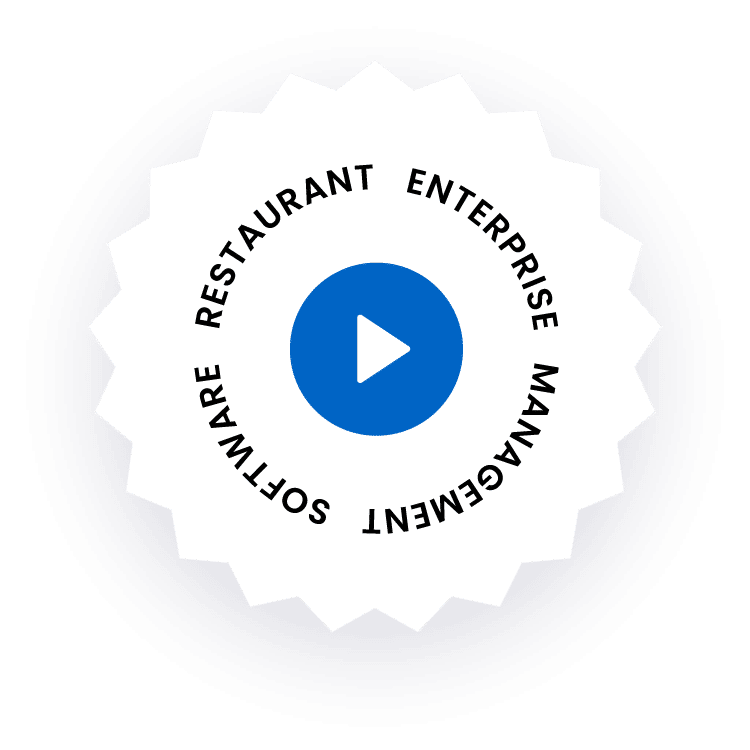Strategically Schedule Your Employees
Use dynamic sales and labor reports to identify the ideal staffing levels that provide guests and employees with memorable experiences while improving margins.
LABOR SCHEDULING
Simplify Scheduling and Engagement
Use R365's mobile app to check on your team, your daily sales summary, and labor data in real-time whether or not you're in your restaurant.
- Get your labor data on the go.
- Easily communicate with employees.
- Control employee scheduling.
- Enjoy secure mobile login.
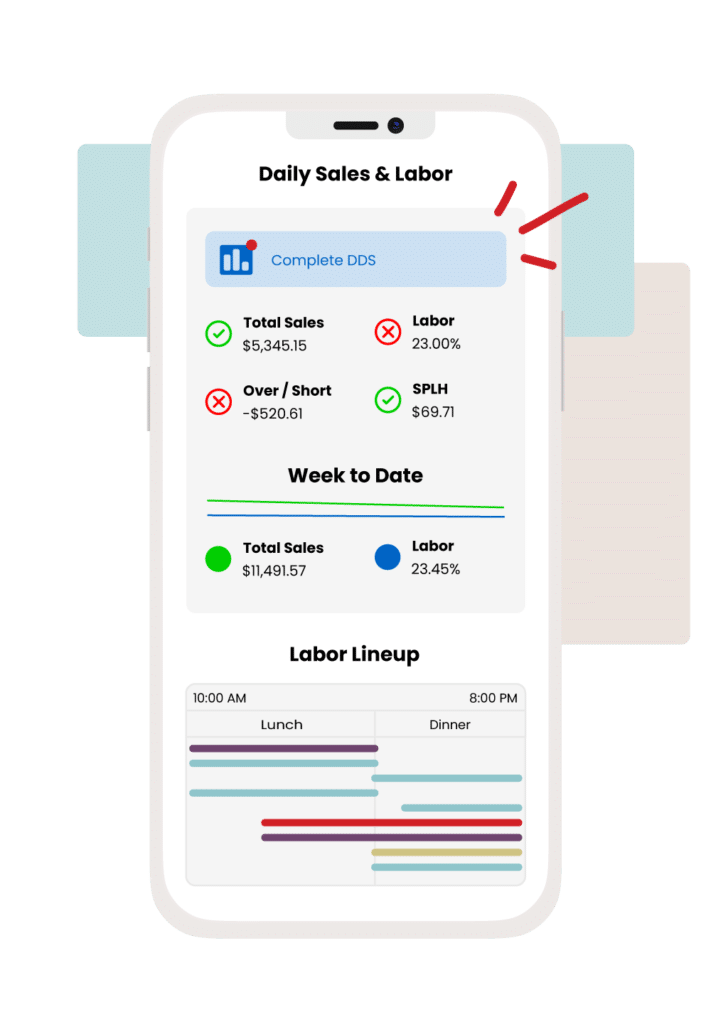
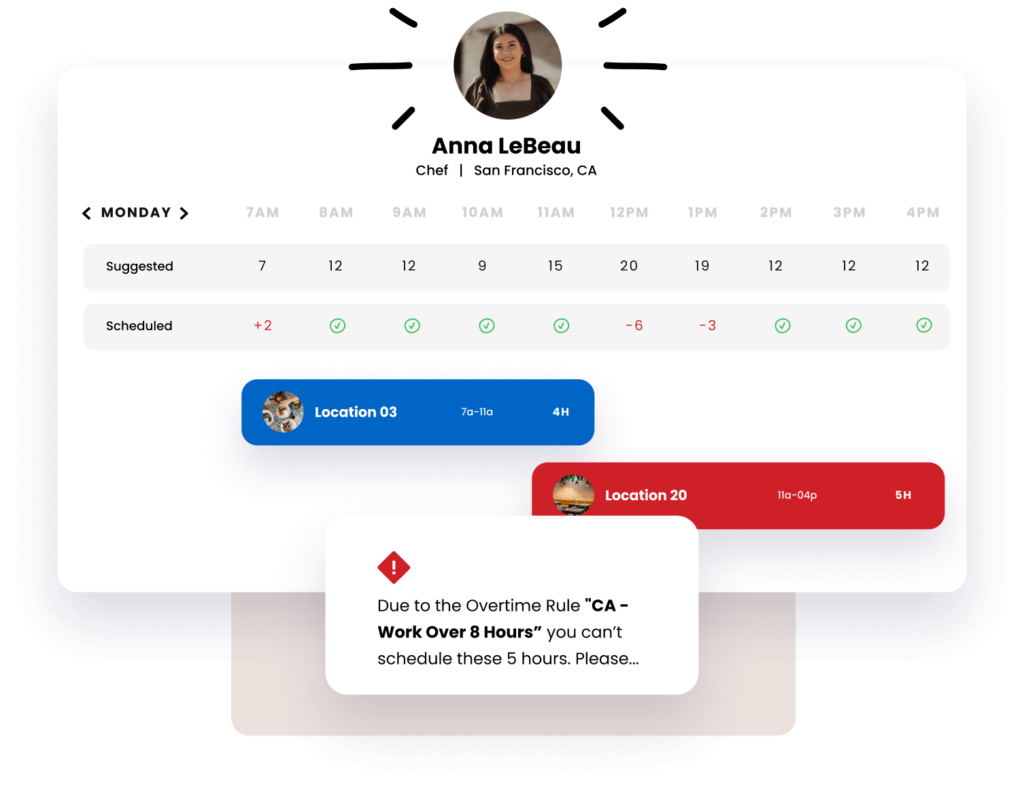
Labor Optimization
Optimize Costs with Scheduling and Labor Tools
Use past sales data to forecast future sales and create more informed schedules that optimize labor performance and cost.
- Monitor overtime.
- Impose blackout dates.
- Minimize the difference between actual versus scheduled labor.
Employee Engagement
Engage Employees Across Locations
Employees can view their schedules and submit requests from their iPhone or Android device.
- Submit availability and shift requests to managers.
- Review published schedules and request approvals.
- Swap shifts and communicate with colleagues.
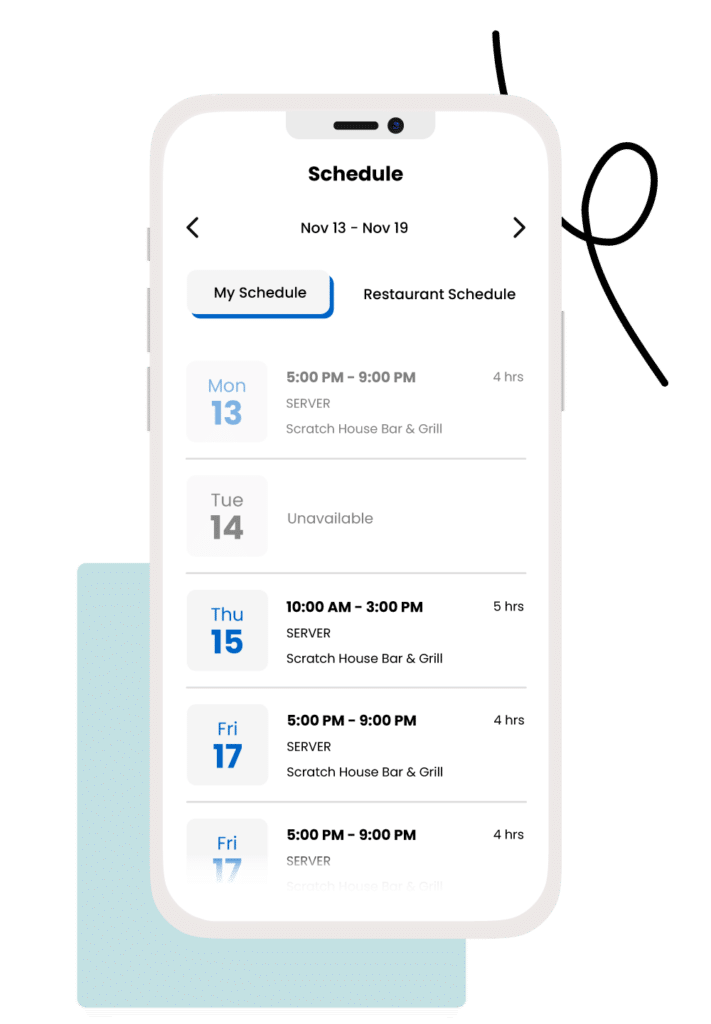

Labor Reporting
Labor Reports That Drive Results
Choose from reports like actual versus scheduled labor, sales per labor hour, labor as a percentage of sales, labor cost per staff role, and more to better understand your needs.
- Use intraday polling to make real-time decisions.
- Reduce costs with actual versus scheduled labor data.
- Improve performance metrics.
Save Time and Money with R365 Integrated Labor Solutions
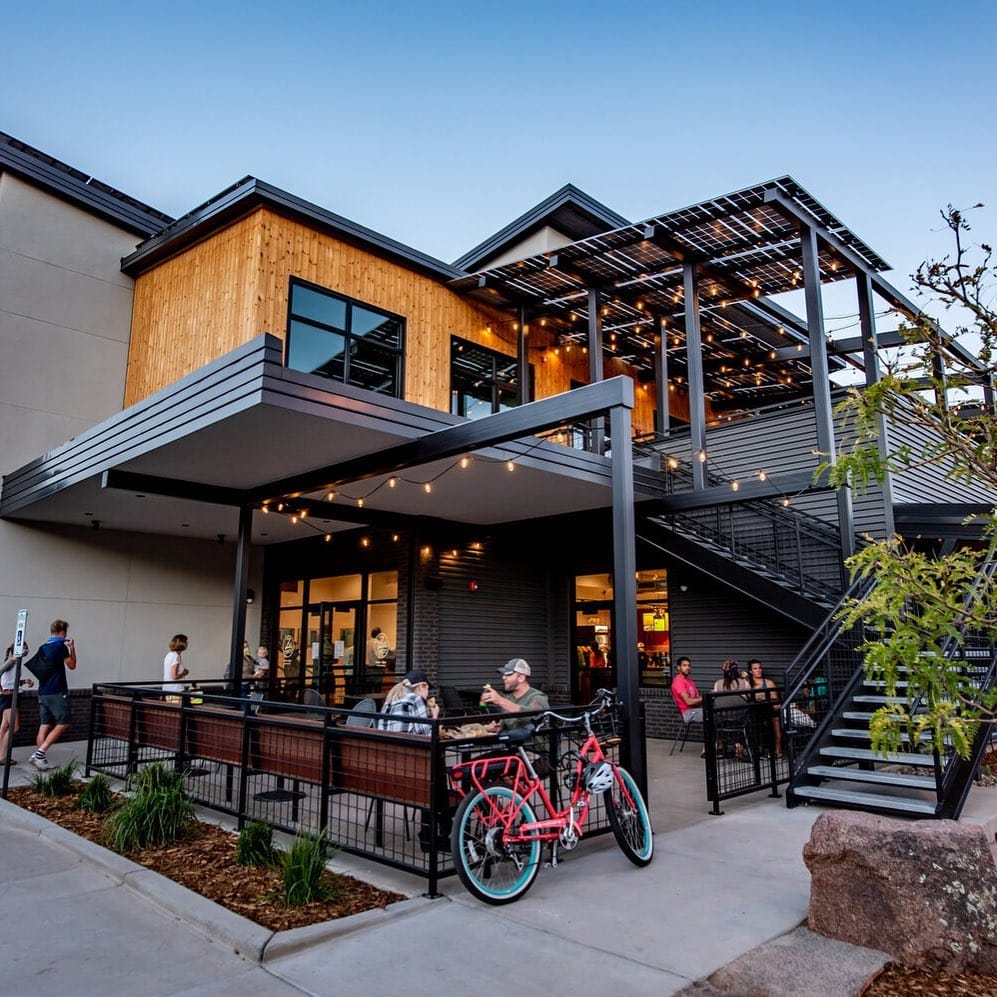
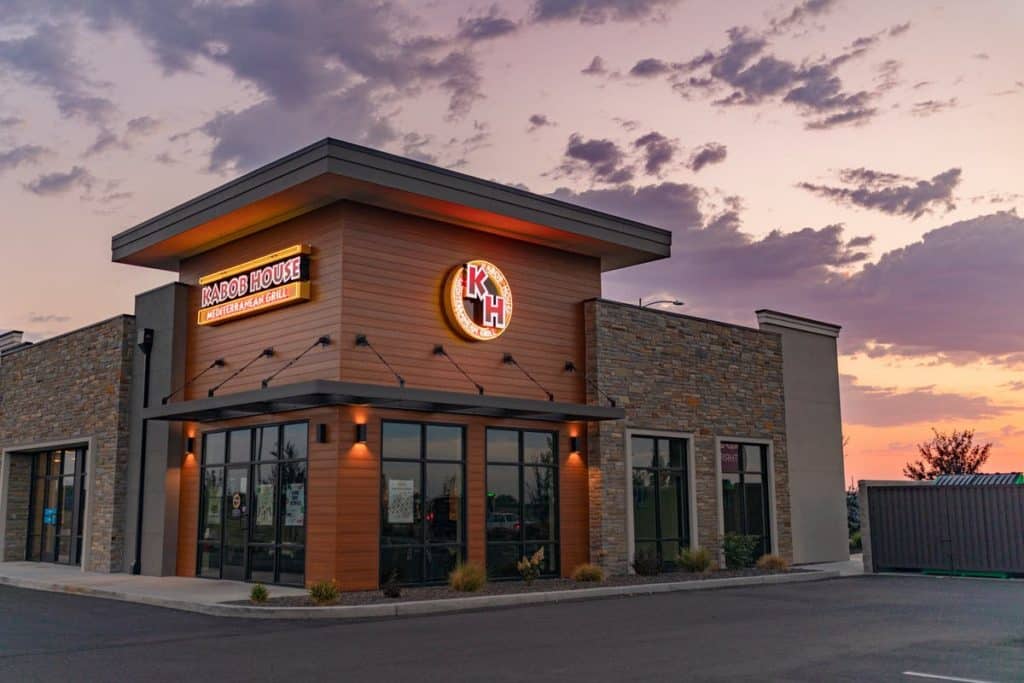
Smarter Labor Management to Boost Margins

Scheduling
Optimize Your Labor Spend with Smart Scheduling
Create schedules based on sales forecasts to optimize your labor spend, save time, and streamline scheduling.
FAQ
Get answers to the most frequently asked questions about R365 Workforce and Scheduling.
Does Scheduling integrate with accounting and payroll?
Yes. Scheduling is an integral part of R365, so it is integrated with R365 Accounting and Payroll, as well as to your POS system for a daily payroll accrual.
How can restaurant managers use the Scheduling software?
Scheduling is cloud based, so managers can access it from any device that connects to the internet, as well as through the R365 mobile app. Restaurant managers can create schedules from scratch, templates or prior weeks. They can also alert employees about upcoming events and announcements. All communication can be done through SMS text or email alerts on any shift changes, openings, or approvals/denials.
Managers also have access to more advanced features like Suggested Hours, where they can can make suggestions to employees based on Forecasted Sales and SPLH Goals. They can use the Blackout Days feature to set specific dates that no employee can request off.
How can restaurant employees use the Scheduling software?
Restaurant employees can also use the R365 app with their own set of user privileges. They can view upcoming shifts and communications from their manager. Employees can also view the entire schedule where they can bid for open shifts, request time off, or update their availability.
What else can be assigned to employees?
Restaurant employees can be assigned a job position as well as job responsibilities. This feature allows managers to appropriately assign employees to the right shifts based on their qualifications.
What different views are available for restaurant managers?
The schedule screen allows restaurant managers to see both weekly and daily schedules as well as different shifts. The “working now” view allows managers to see who is working the current shift. They can also change the date and time for a quick view of who is scheduled at other times as well.
What reporting is available with the Scheduling software?
Managers can run daily Actual vs. Scheduled Labor reports. Once actual labor has been imported from the POS system, the actual labor is compared against the scheduled shifts. This report gives managers a more thorough view of their labor and any variances in labor cost.
See How You Can Save Money with R365
Create Schedules Strategically to Save on Labor Costs
Optimize labor costs across multiple locations and empower your managers to create data-driven schedules. Use your hourly sales forecasts and custom labor model to provide managers with a suggested number of employees for each hour of the day.

